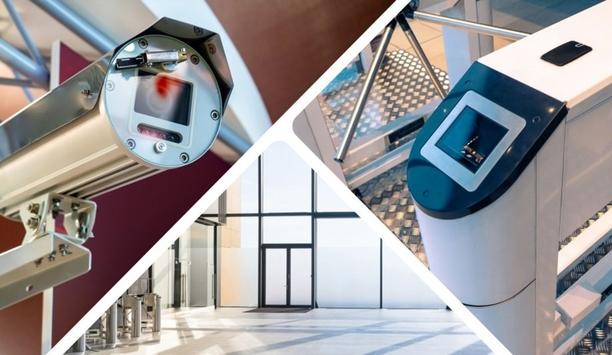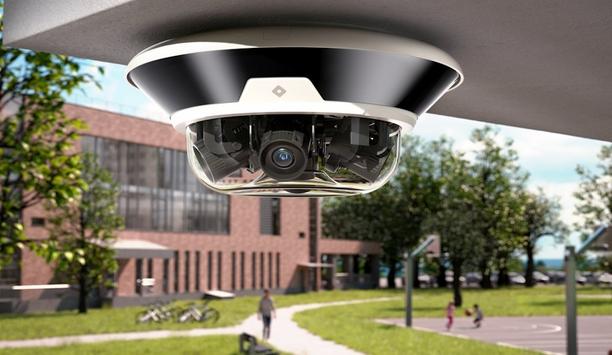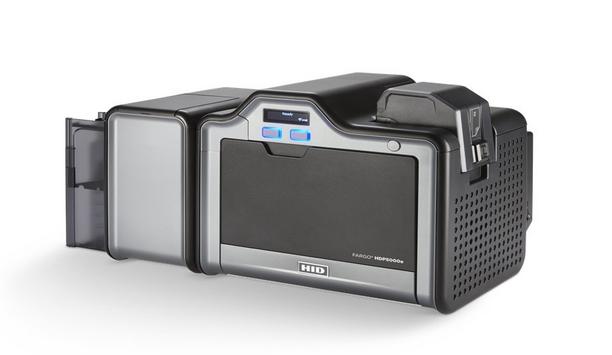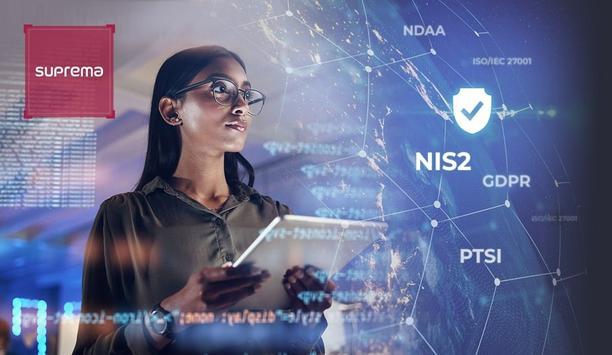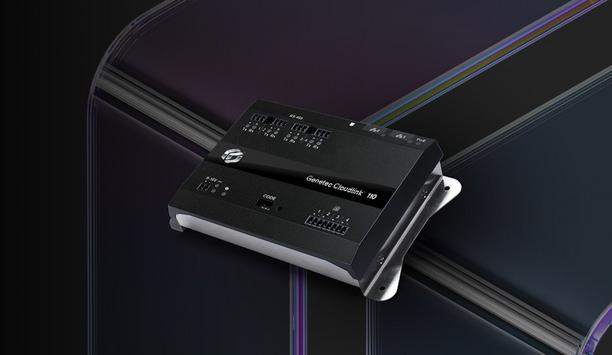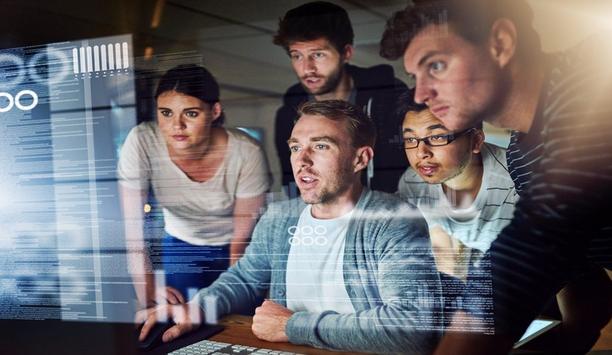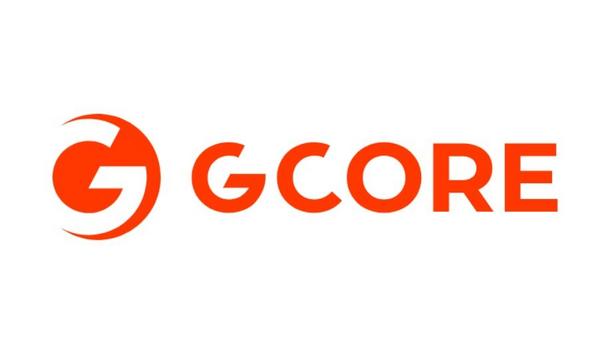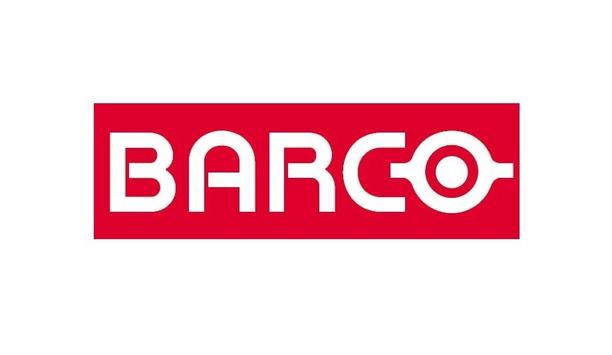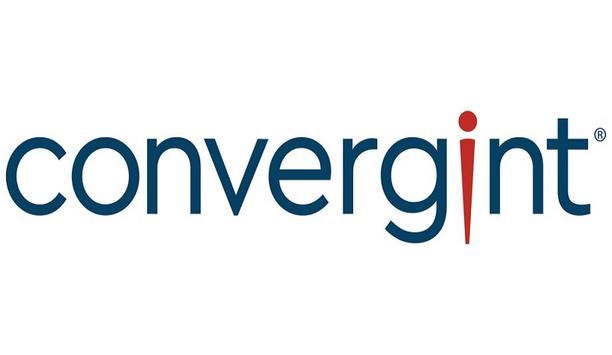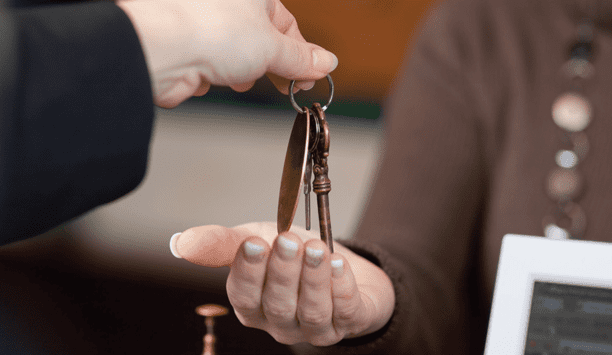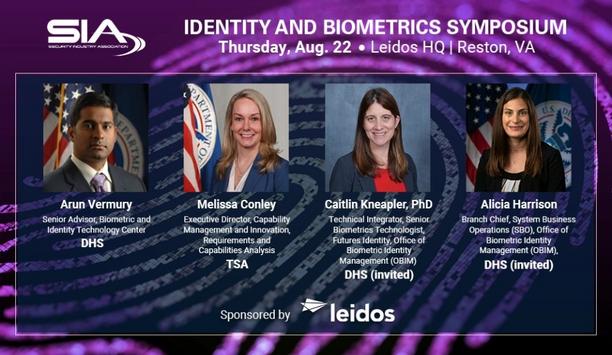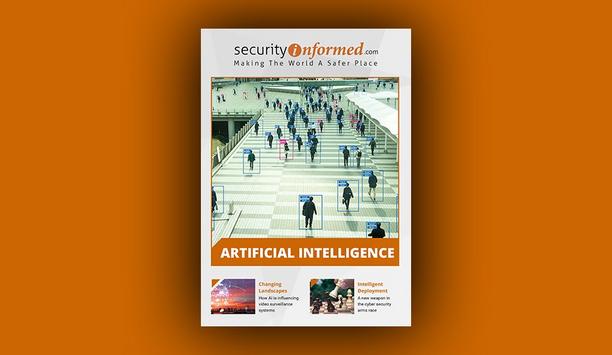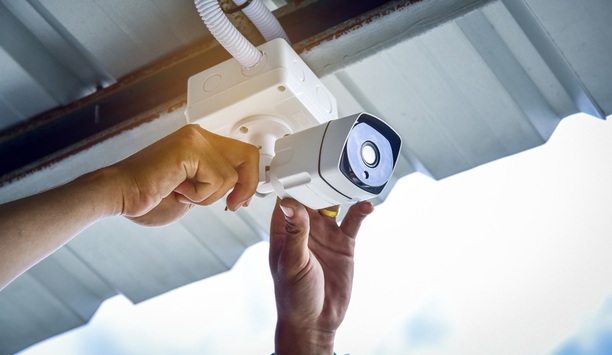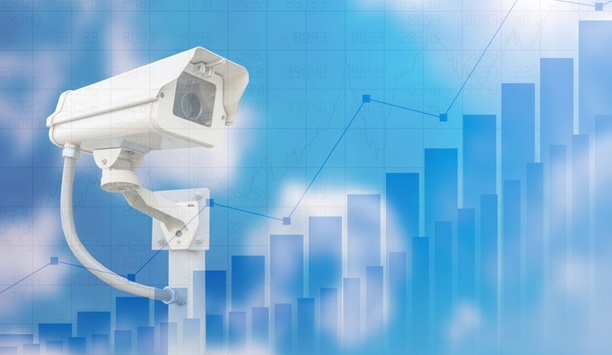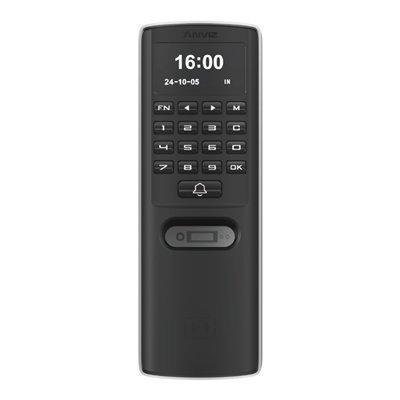How Do Customers Under-utilize Their Video Security Systems?
Editor Introduction
Video systems today offer more capabilities than ever. Consequently, the systems can be used in new ways. For a variety of reasons, however, many customers don’t take full advantage of the capabilities of their video systems and therefore are leaving value on the table. Education and training are tools to alleviate the situation, but the first step is to identify the new ways that video can be used. We asked this week’s Expert Panel Roundtable: How do customers under-utilize their video systems, and what should they do differently?
When looking to save money on the deployment of a video solution people often target the “soft” costs such as engineering, project management and training services. The consequence is a system that performs only the most basic of tasks. This would be equivalent to implementing a video system that records and only provides capabilities for live, playback and evidence export. The impact to the end user is in the form of unrealized productivity potential. Such a solution is a compromise between manufacturer, integrator and end user where additional services and training are needed to realize this potential. Milestone offers online training services to educate customers so they can leverage the vast set of our software features available to them. What an end user should do differently than they are today is highly individual to their business and can only be recognized once the system capabilities are fully understood.
Many businesses look to video only to protect assets and people. However, video can go much farther in adding business value to a number of vertical markets. In the hospitality industry, captured video is now being used as a customer service tool. Coupled with advanced analytics, management can set triggers that alert managers when lines become too long at check-in counters. This can also be used in retail environments to alert management of an overcrowded area of a store where additional help may be needed. Additionally, security managers in casinos or retail establishments can take live video and pair it with facial recognition software to pinpoint a person of interest for suspicious activity, or instead for enhancing customer service. Analytics, such as people-counting software or heat-mapping, can give visual insight into customer traffic patterns, which can be used by marketing departments to target advertisements or by business operations teams.
There are myriad ways in which users don’t use their video systems to maximum effect. In our experience, here are some of the bigger wasted opportunities:
- Ensuring that any part of the organization has access to video—marketing, HR, facilities, and other departments – can leverage the intelligence in existing video to do more and to perform tasks more effectively.
- Proactively finding potential security issues. For example, doing a search after the warehouse was “empty” over the weekend, or when you know people have access to the building after-hours or on weekends. Do they really need to be there?
- Utilising video for verification for any intrusion, delivery, attendance, payroll, etc. There is a huge amount of actionable data in your existing video that is not being exploited.
- Integration with access control. The technology for seamless, integrated access and video is now more available and more affordable than ever before.
Most installed video systems are underutilized on site. A video system can add value in many different areas (i.e., security, business analytics, building automation). Integrators or manufacturers can add value not only as product experts, but as problem solvers to help ensure the customer is getting the most out of their video system. In addition, observe how the customer is using their video system. Follow-up product training may be needed as the old way of doing something may not be the best method today.
Customers underutilize their video systems when they do not employ video analytics, which provide effective predictive analysis. Surveillance systems combined with video analytics create a powerful tool that focuses security staff on information and activities that are important to their core mission. For example, motion detection analytics identify when there are individuals present in areas where there should be no motion. Advanced facial recognition technology coordinates with watch lists or blacklists to see if there is a match, potentially enabling an arrest. Other analytics detect when an object is left behind. Video analytics are designed to be a force multiplier and detect when pre-defined conditions warrant closer inspection. Empowered by video analytics, a security professional can improve security, lower risk, reduce fraud and transform traditional security operations from a reactive to a proactive function.
Editor Summary
Systems that can do more provide additional value to customers. However, the customer must first leverage a system’s full capabilities. Our Expert Panel Roundtable point out a range of possibilities to do just that, most involving taking greater advantage of the intelligent features of new video systems. Given that new systems can be expensive, identifying and leveraging the full range of a system’s capabilities is an important first step to cost-justifying a system and achieving true return on investment (ROI).
- Related companies
- AMAG Technology, Inc.
- Milestone Systems
- Pelco, Inc
- Pivot3, Inc.
- Oncam
- View all news from
- AMAG Technology, Inc.
- Milestone Systems
- Pelco, Inc
- Pivot3, Inc.
- Oncam
Expert commentary
Security beat
Security bytes
- Getting To Know Dan Grimm, VP And General Manager Of Computer Vision At RealNetworks
- Big Wins And The Importance Of Showing Up: Insights From SecurityInformed.com Editor Larry Anderson
- Setting Goals, Business Travels And Radioactivity: Success Secrets From Tiandy's John Van Den Elzen
- Getting To Know Jeff Burgess, President/CEO At BCDVideo
Healthcare security articles
Rapid technological advancement, artificial intelligence (AI) and machine learning (ML) are revolutionizing traditional on-premises video security systems. These next-level tools are not just enhancin...
Milestone Systems, a global pioneer in video technology, is at the forefront of the video security industry, emphasizing responsible technology innovation across its operations. The company will host...
ASSA ABLOY Opening Solutions returns to Global Security Exchange (GSX) for 2024's powerhouse get-together of security professionals from around the world. Digital access control Attendees can visit...
As the backbone of community welfare, healthcare facilities cater to crucial public needs from emergency care to specialized medical treatments, and due to its position as a significant facet of the w...
Rhombus, a pioneer in cloud-managed physical security, announced the availability of two additions to its comprehensive lineup of security solutions: the R600 Multisensor Camera and the E50 Envir...
HID®, a worldwide pioneer in trusted identity solutions announces the launch of the next-generation FARGO® HDP5000e designed to deliver vibrant, high-definition cards and IDs. HID's Isaac You...
Suprema, a global pioneer of AI-based security solutions, announces that its products and services are fully compliant with the latest global data protection regulations and security certifications.&n...
Cyber resilience research commissioned by Cohesity, a pioneer in AI-powered data security, reveals the true cost of ransomware to finances and business operations and why overconfidence may be the cau...
Genetec Inc., a pioneering technology provider of unified security, public safety, operations, and business intelligence solutions, announced the launch of Genetec Cloudlink™ 110, the lates...
i-PRO Co., Ltd. (formerly Panasonic Security), a global pioneer in professional security solutions for video protection and public safety announced the establishment of a comprehensive AI governance f...
Gcore, the global edge AI, cloud, network, and security solutions provider announced the launch of Gcore WAAP, its end-to-end web application and API protection solution. Gcore WAAP Leveraging advan...
Barco, a global pioneer in visualization and collaboration solutions, is proud to announce its pivotal role in shaping the visitor experience for the Belgian pavilion at Expo 2025 in Osaka. Bar...
King Faisal Specialist Hospital & Research Center (KFSHRC) is at the forefront of the healthcare AI revolution. Since 2019, the hospital's dedicated AI center has been developing innovative applic...
Convergint, a global pioneer in service-based systems integration, today announced that it has acquired Esscoe, a premier provider of mission-critical security and fire and life safety systems in the...
Huffmaster Management (Huffmaster), the provider of choice for Fortune 500 companies seeking strike services, industrial and healthcare staffing, security services, and more, announced the intern...
The 2024 State Of Physical Access Trend Report
DownloadThe Security Challenges Of Data Centers
DownloadSecurity Practices For Hotels
DownloadSIA Identity and Biometrics Symposium
DownloadArtificial Intelligence
DownloadClimax Technology TouchPanel-3
Anviz M7 Palm Biometric Access Control
ASSA ABLOY Aperio P100 Padlock







